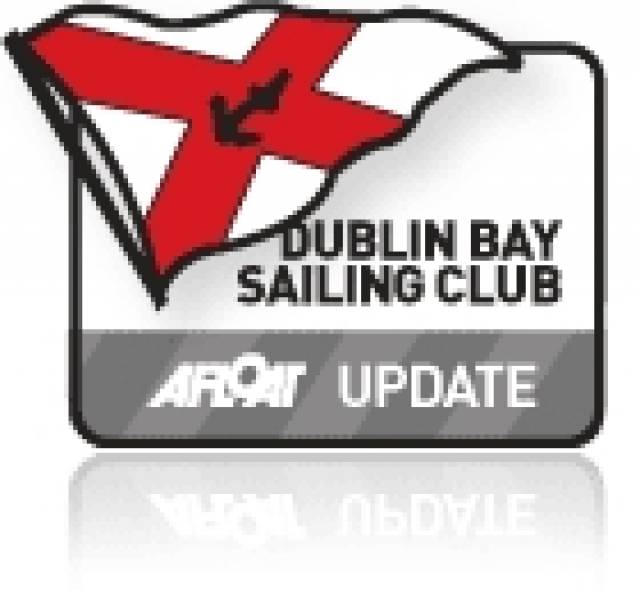#RNLI - A man in his 70s has died after a boat capsized off the south Wexford coast yesterday evening (Saturday 29 August).
But nine others who were travelling on the 18ft leisure craft were rescued by Kilmore Quay RNLI volunteers after a five-hour ordeal at sea.
The alarm was raised with the lifeboat station's coxswain at 11.15pm by a person known to the missing party after their overdue boat failed to return to shore.
Concern grew for the group who had gone out for a day’s fishing when the boat hadn’t returned at sunset.
The all-weather lifeboat was immediately launched at 11.30pm under coxswain Eugene Kehoe and with five crew members onboard.
The Saltee Islands passenger ferry – An Crossan, crewed by three Kilmore Quay RNLI lifeboat members – also joined in the search along with Fethard RNLI.
The Kilmore Quay lifeboat was making its way towards Ballyteigue and the Coningmore Rocks when they received contact from An Crossan that they had spotted an upturned hull and 10 people – one woman and nine males including a teenage boy – in the water half a mile south of the Saltee Islands.
Weather conditions at the time were overcast and there was a Force 2-3 south westerly wind blowing.
It was when the passenger ferry’s search light went out temporarily that its crew members heard shouting from the sea. It's thought the party, all of whom were wearing lifejackets, had been in the water for four to five hours after their boat was swamped by a breaking wave in choppy water.
The crew of An Crossan pulled all 10 people from the water and onto the ferry. One man who was in need of urgent medical attention was immediately transferred to the lifeboat that came alongside two minutes later.
Lifeboat crew members administered casualty care before the Irish Coast Guard's Rescue 117 helicopter from Waterford arrived overhead.
The casualty, who was in critical condition, was then winched and airlifted to Waterford University Hospital, where was later pronounced dead, according to BreakingNews.ie.
The nine other people were transferred to Kilmore Quay on the passenger ferry where they were medically assessed and made comfortable before transfer by ambulance to Wexford General Hospital.
"Our thoughts and prayers are with everyone involved in this incident and we would like to wish them all a speedy recovery from their ordeal," said Aidan Bates, Kilmore Quay RNLI press officer after the callout.
"The party had done the right thing in letting someone know when they were due back and thankfully as a result of that the alarm was able to be raised.
Bates made particular note that all were "wearing lifejackets which was crucial given the time they had spent in the water".































































